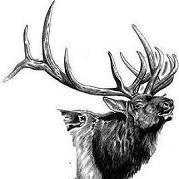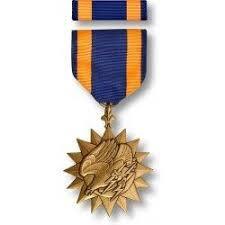- Replies 54
- Views 7.7k
- Created
- Last Reply
Top Posters In This Topic
-
AH64ID 12 posts
-
Wild and Free 8 posts
-
Vais01 6 posts
-
CSM 5 posts
Most Popular Posts
-
Likewise, anytime I expect to drive my truck, I plug in the block heater either the night before or at least 4 or 5 hours prior to starting the engine. Usually this is enough to bring what the IAT se
-
These are days we are talking -50 and colder wind chill days. Sub zero and 30 mph winds suck any heat away as fast as its generated then add road speed on top of that. We have outlets in our parking l
-
You definitely need to make sure you are out of the ocean breeze if you have any shot at getting that beast running in sub 70*f weather lol..






Hey guys just curious of everyone's cold morning routines I know everyone's cold morning may mean something different to everyone else. Well I'm in North Carolina and at about 45* out I may start the truck let it idle for about one minute and get rolling.. Is that bad? At what temperature out is it bad to let the truck just idle to warmup? And at what temperature should I let the truck idle for a few more minutes before I roll on to work? I have been really considering the high idle switch but I need the previous questions answered first and also what if you have a programmer such as the quadzilla or EJWA? Will the high idle switch still plug and play and work as it should?